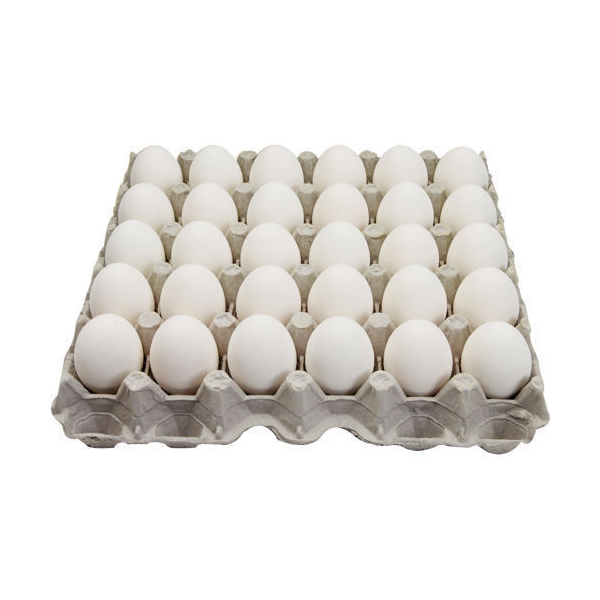Fresh Chicken Egg
| Quantity | 1000 – 1000 |
| MOQ | 100 cartons |
| Port | Rio de Janeiro |
| Packaging | CARTONS |
| Lead Time | 10 days Max |
The Simple Perfection of a Fresh Chicken Egg
The humble chicken egg. It’s a staple in kitchens around the world, a nutritional powerhouse, and a cornerstone of countless culinary creations. But beyond its everyday ubiquity, lies a fascinating world of flavor, texture, and nutritional value that is amplified when we talk about the fresh chicken egg.
What exactly defines a “fresh” egg, and why is it so highly prized? The answer lies in the differences between a freshly laid egg and one that has been sitting on a supermarket shelf for days, or even weeks.
The Perks of Freshness:
- Superior Flavor: Fresh eggs boast a noticeably richer, more vibrant flavor. The yolk is often described as having a richer, creamier texture and a more intense yolk-y taste. This is because the egg hasn’t had the time to absorb flavors from its environment or lose its natural oils
- Firmer Whites and Hold: The egg white (albumen) in a fresh egg is thicker and more opaque. This means it holds its shape better when cooked, making for beautiful poached eggs, perfectly puffy meringues, and impressive omelets.
- Stronger Yolks: Fresh egg yolks are often brighter in color and stand tall and proud, indicating their structural integrity. This makes them ideal for applications where a runny yolk is desired, such as sunny-side-up eggs or hollandaise sauce.
- Nutritional Value: While the nutritional difference between fresh and older eggs isn’t drastic, some nutrients, particularly vitamin D, can degrade over time. Consuming fresh eggs ensures you’re getting the maximum nutritional benefits they have to offer.
How to Identify a Fresh Egg:
While a “sell-by” date can be helpful, it doesn’t always guarantee freshness. Here are some more reliable ways to tell if an egg is fresh:
- The Float Test: Place the egg in a bowl of water. A fresh egg will sink to the bottom and lie flat on its side. An older egg will stand on its end and may even float. This is because the air sac inside the egg expands as it ages, making it more buoyant.
- The Crack Test: Crack the egg into a bowl. The white of a fresh egg will be thick and cling closely to the yolk. The yolk will be round and firm. In older eggs, the white will be thin and watery, and the yolk may be flattened.
- The Smell Test: A fresh egg should have no odor. If you detect any unpleasant smell when cracking the egg, discard it immediately.
Where to Find Fresh Chicken Eggs:
- Local Farms: This is often the best option for guaranteed freshness. Farmers markets are a great place to find eggs laid just days before.
- Backyard Chickens: If you’re lucky enough to know someone with backyard chickens, you’ve struck gold!
- Direct from Producers: Some farms sell eggs directly to consumers, either through delivery services or on-site shops.
- Grocery Stores (Look for Dates!): Even at the supermarket, pay attention to the date on the carton. Choose the cartons with the latest “sell-by” date possible.
Beyond the Basics: Enjoying Fresh Eggs
Fresh eggs elevate even the simplest dishes. Think of a poached egg with a perfectly runny yolk drizzled over avocado toast, a creamy and rich carbonara sauce, or a light and airy soufflé. The possibilities are endless.
In conclusion, while any egg can serve its purpose, the fresh chicken egg offers a superior culinary experience. Its vibrant flavor, robust texture, and nutritional benefits make it a valuable ingredient worth seeking out. So next time you’re planning a meal, consider sourcing fresh eggs and experiencing the difference for yourself. You might just be surprised at how much better your cooking can be!


Reviews
There are no reviews yet.